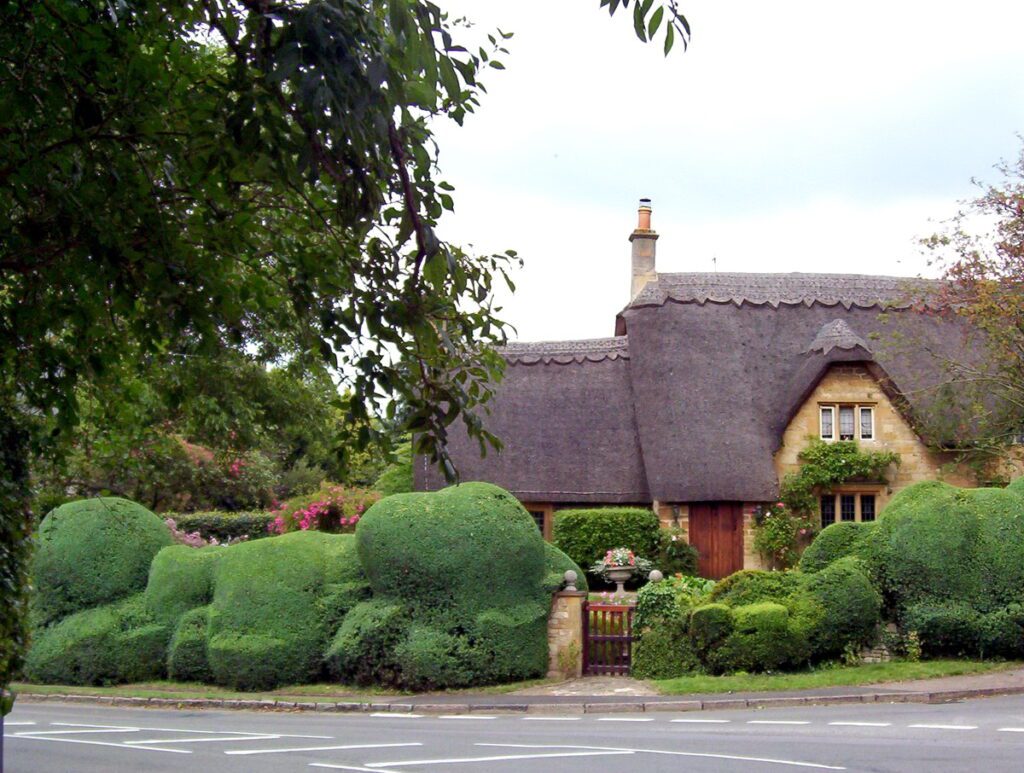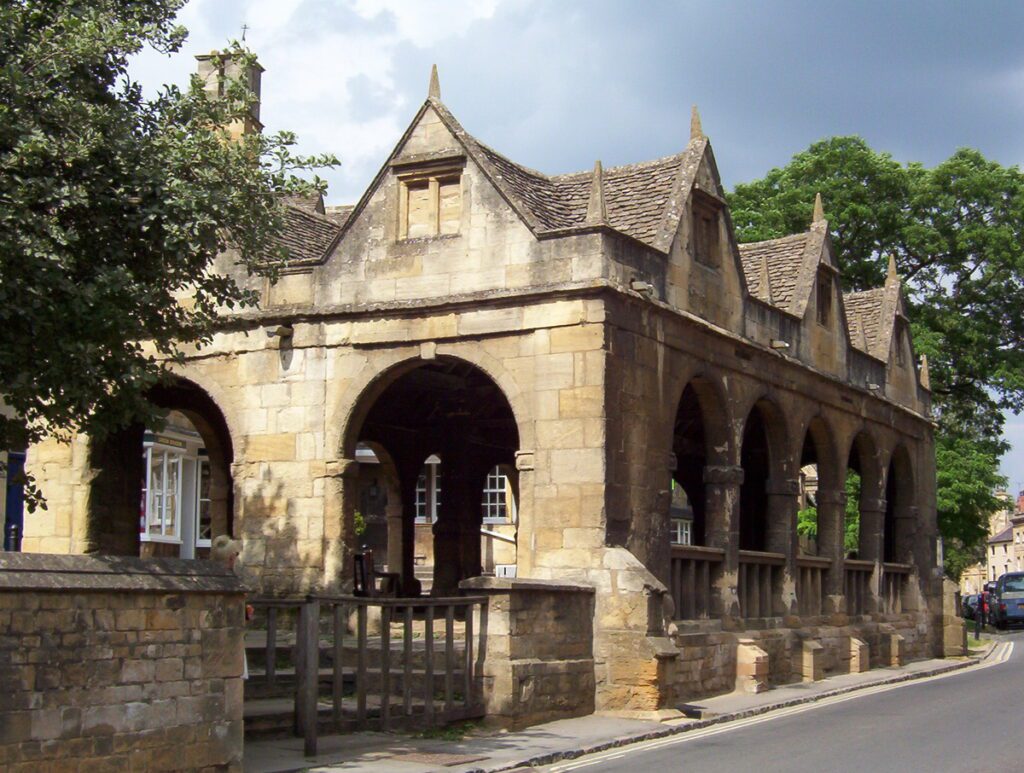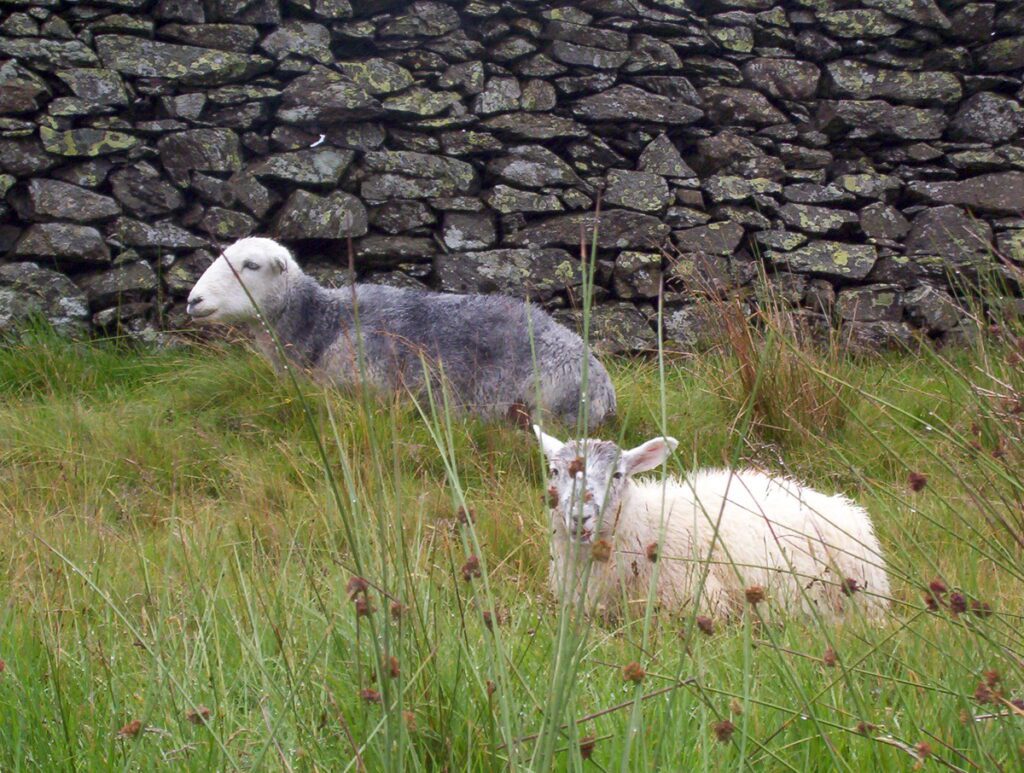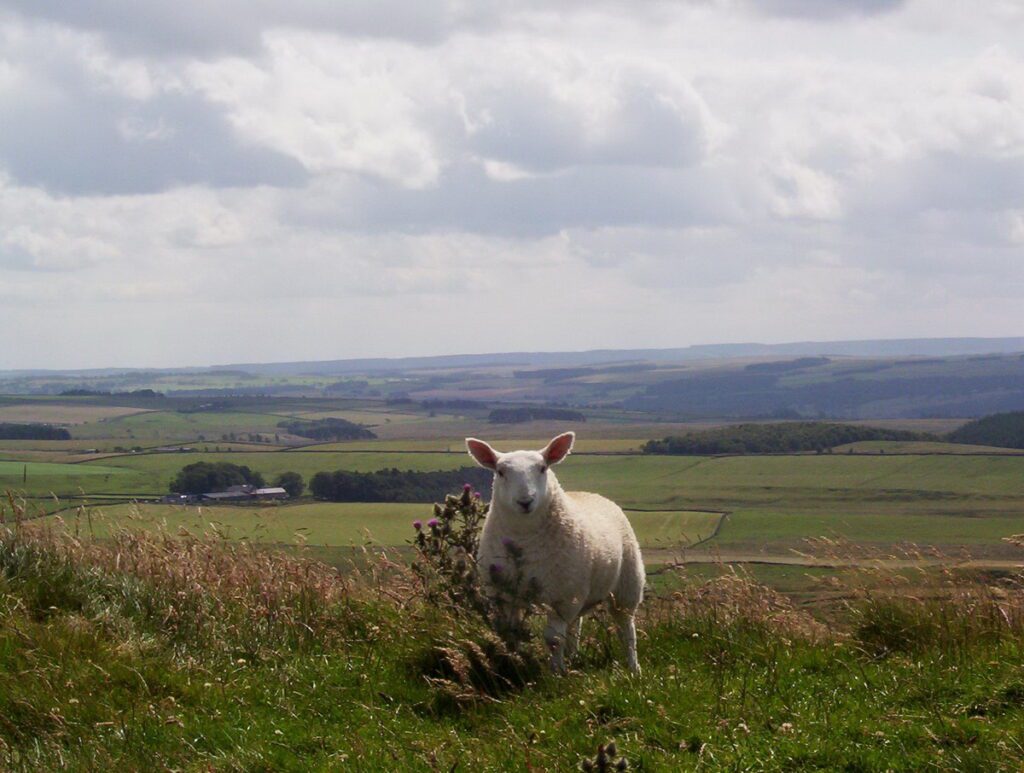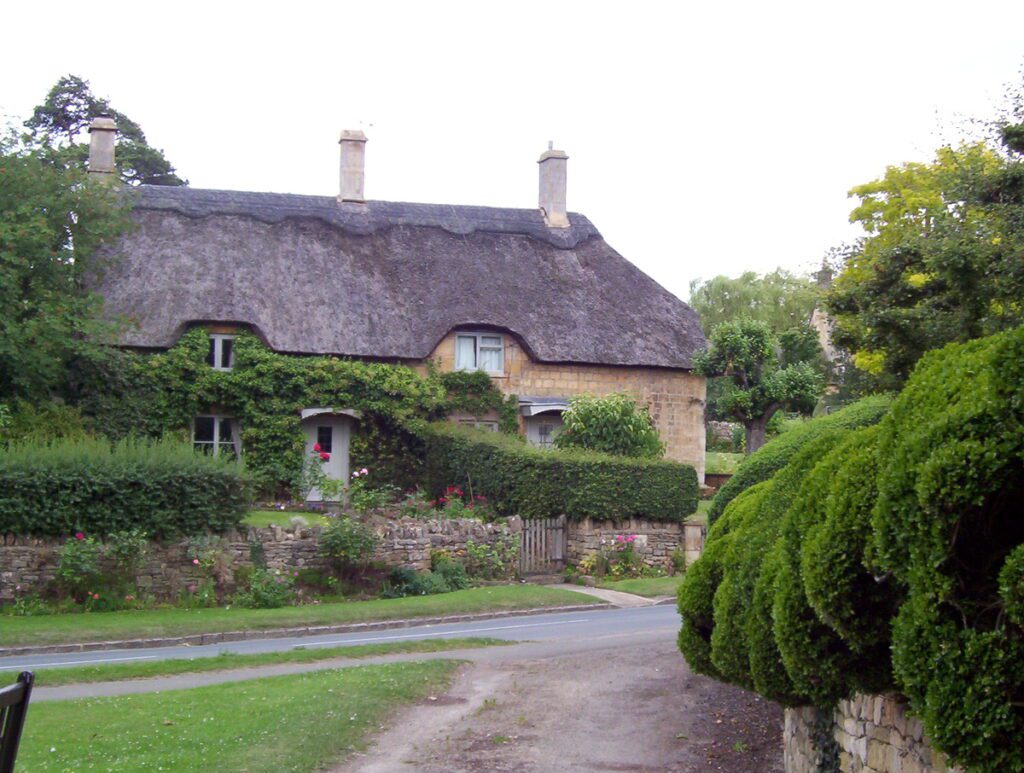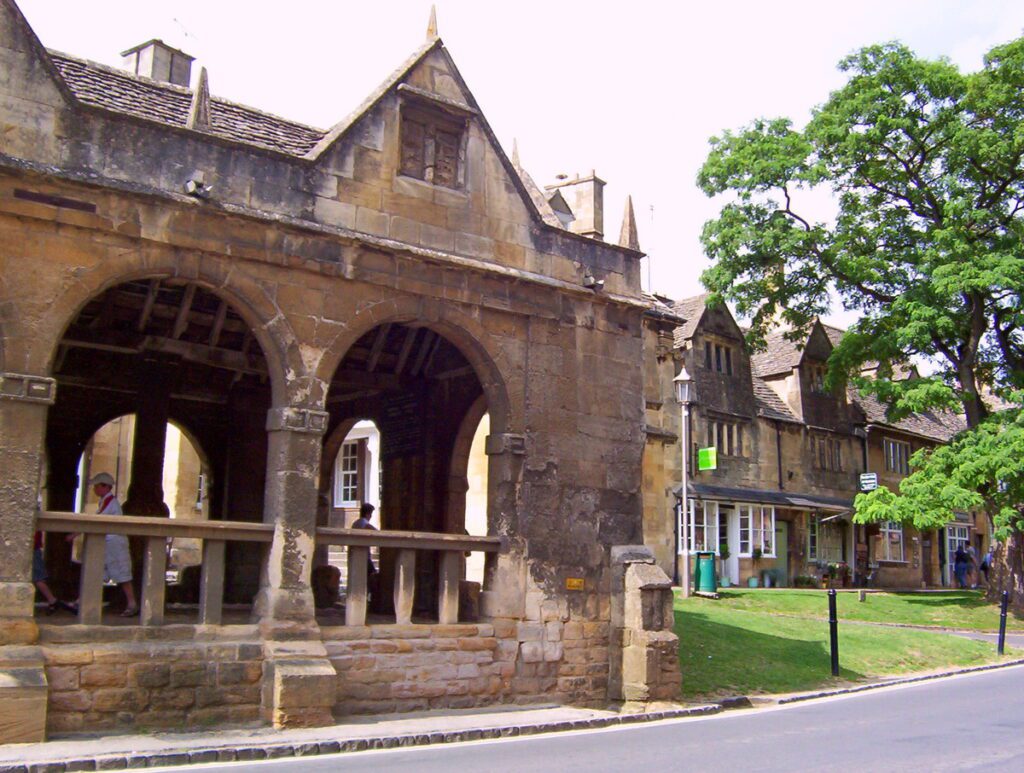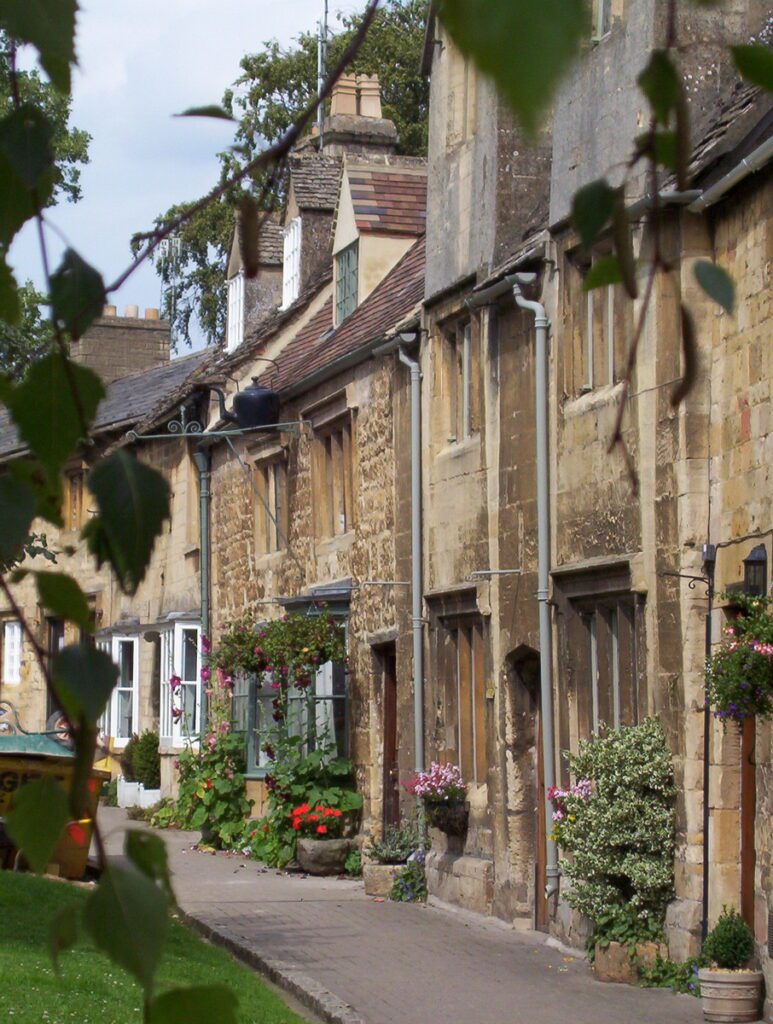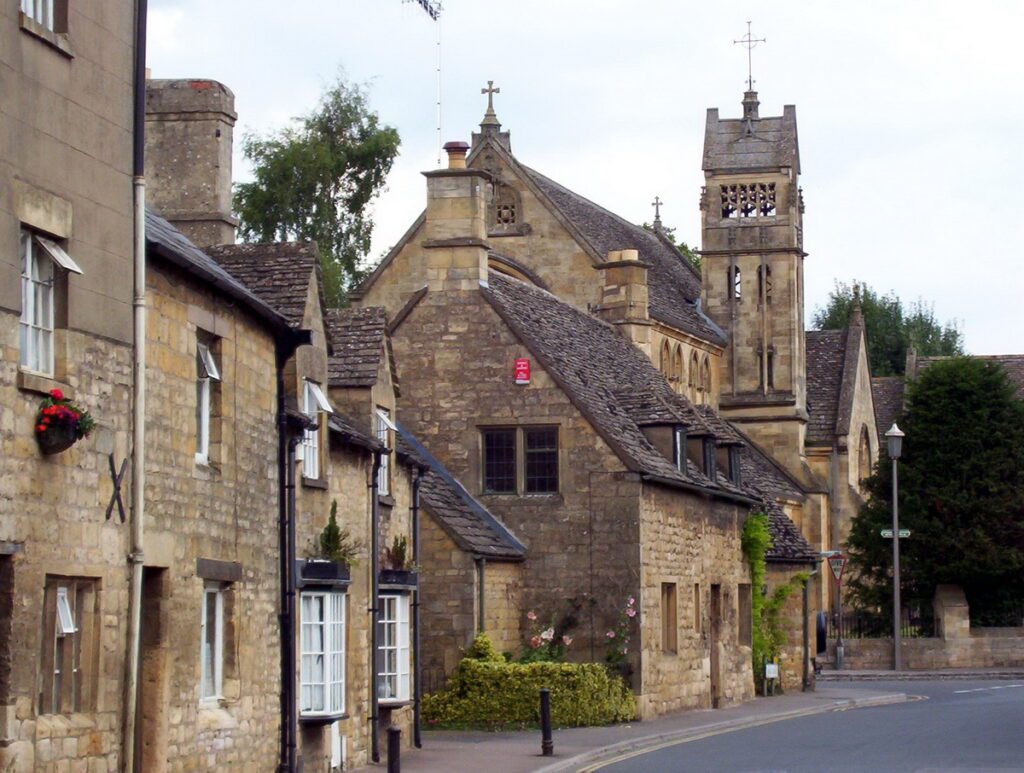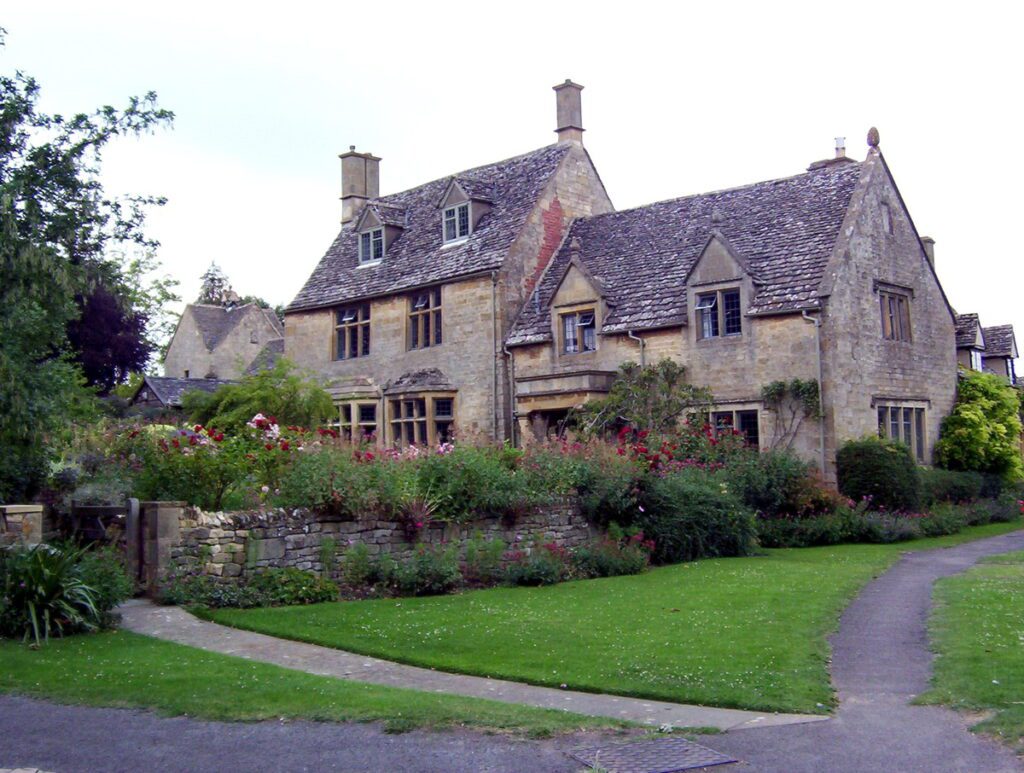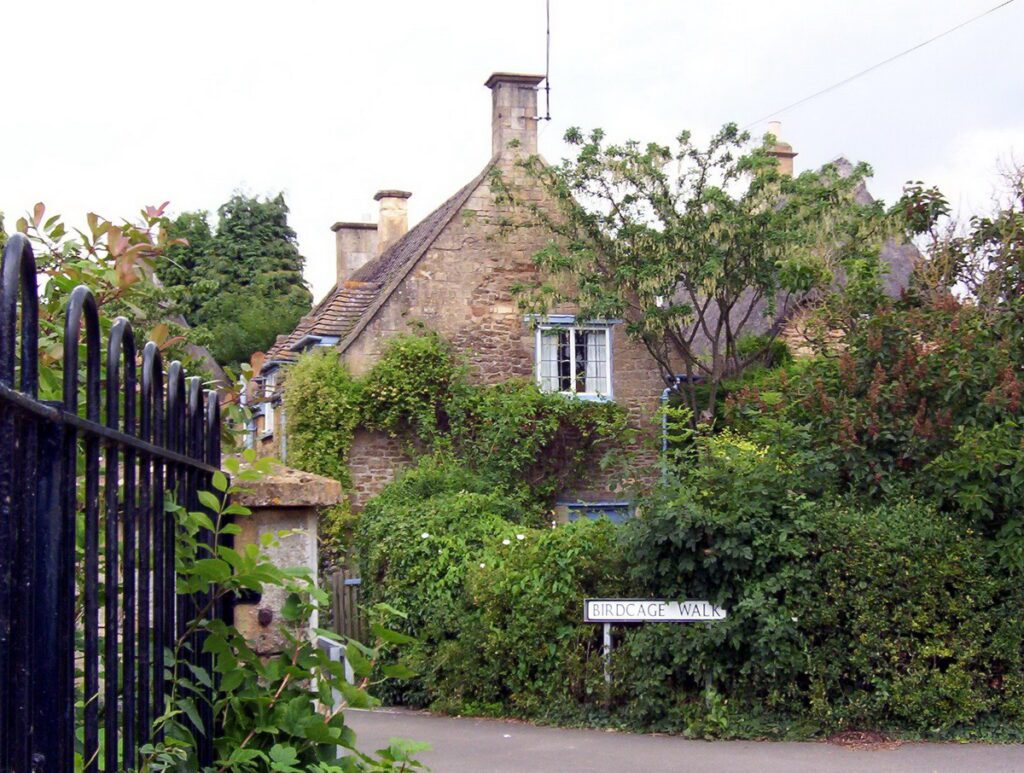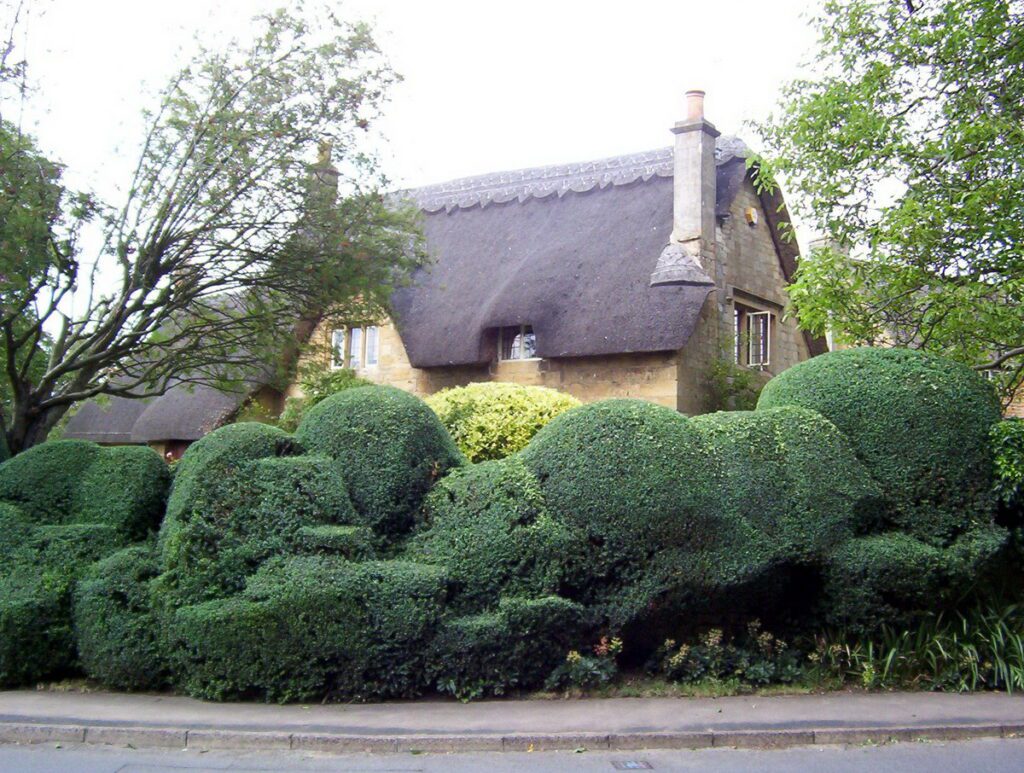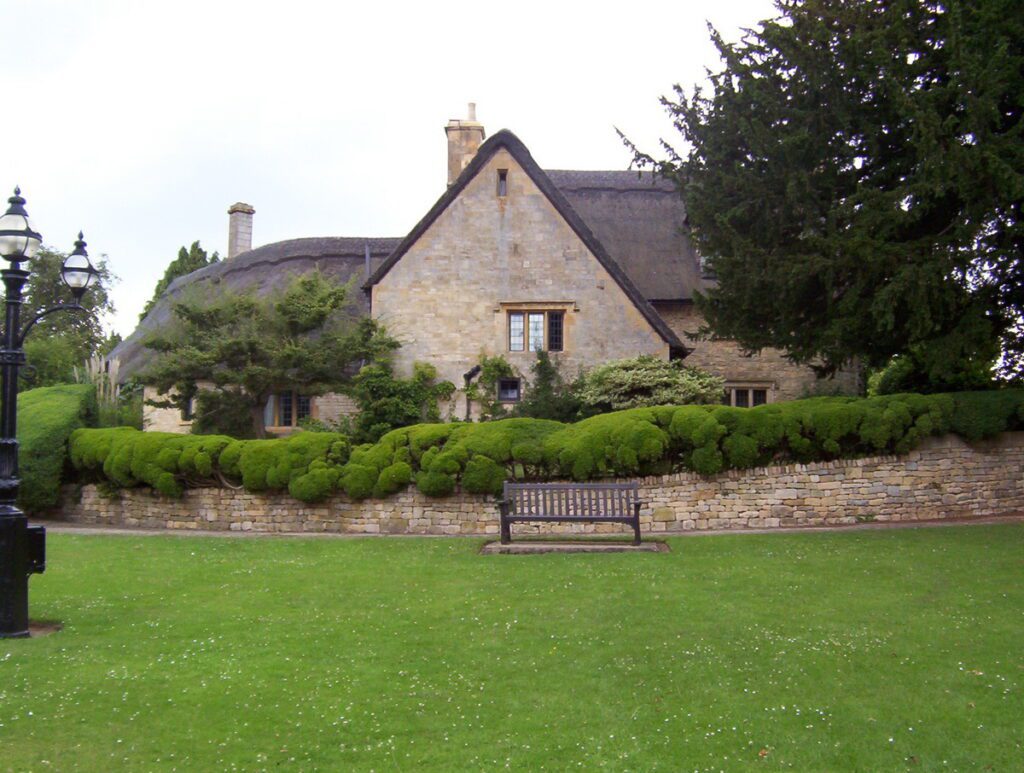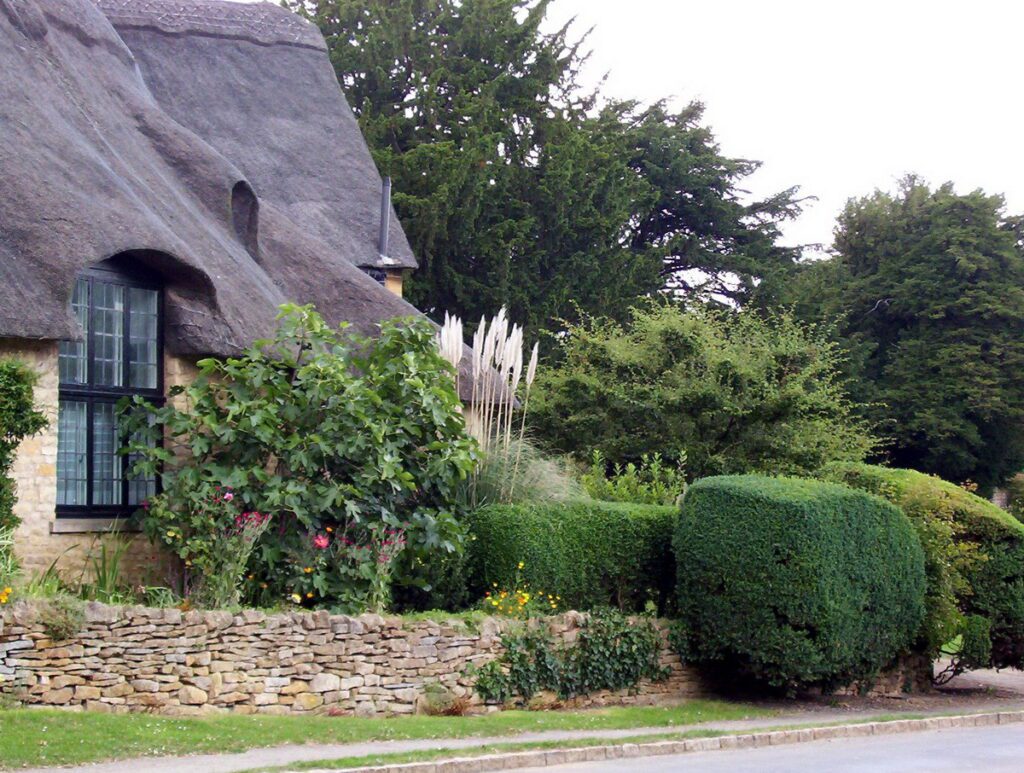Historic Chipping Campden in the Cotswolds
When it came time to depart from Bath, England, it was decided that a brief tour of Chipping Campden in the Cotswolds was a must. I was dying to see the iconic thatched cottages and hedges manicured to perfection.
Upon our arrival, Bob and I discovered that there is more to Chipping Campden than just idyllic fairy-tale cottages. This charming town is steeped in history dating back to the 7th Century.
When the Romans arrived in the Cotswolds in 43AD, they brought with them flocks of sheep. The Romans found it necessary to fashion woolen clothing in order to keep warm during the long stretches of chilly, wet weather.
After the Romans retreated from Britain, local landowners assumed control of the flocks. The million medieval sheep grazing the rolling hills led to a burgeoning supply of high-quality fleece. A thriving wool trade ensued.
The Manor of Campden was established in the 7th century. It arrived at its name from the Saxon word “caumpadene” which means “camp in the valley”. By 1086, it was home to 300 people and two mills.
Being granted a charter by King Henry II in 1175 meant that the town was then allowed to hold a wool market. “Chepping” is the Saxon word for market hence Chipping Campden evolved as the name of the market town. Even the name Cotswolds refers to sheep. “Cots” means sheep enclosure, and “wolds” means gentle hills.
As a wool merchants’ town, Chipping Campden was patronized by wealthy wool merchants who came to buy wool from the famed Cotswold Lion sheep. The business afforded the town a level of prosperity by the 1300s. In the 17th century, High Street was built and lined with terraced houses that provided high-density housing.
Chipping Campden boasts a wealth of vernacular architecture, buildings constructed to meet local needs using local building materials and reflecting local traditions. Lending the buildings their honey-golden hue is locally quarried oolitic limestone also called Cotswold stone. Designs were based solely on the skills of local builders rather than trained architects.
One standout structure that is also one of the oldest buildings in Chipping Campden is Market Hall. Sir Baptist Hicks paid to have it built in 1627 as a shelter for merchants, farmers and shoppers alike.
This double arcaded loggia has huge arches along the sides to allow ample sunlight onto farmers’ wares, while the roof is substantial enough to protect customers and vendors from inclement weather.
In this town charmed by limestone, Bob and I wandered down the curving High Street and eventually came to Westington House. Dating to the 17th century, Westington House dazzled me with its delightful garden that threatened to overtake the dry stone wall.
Branching out from High Street, Bob and I followed such whimsically-named paths as Birdcage Walk.
Walking by beautiful manicured hedges surrounding adorable thatched cottages, I couldn’t help but think that the contours of the shrubbery were rather voluptuous.
I was enamoured with the artful shaping of the bushes that seem to hug the very stone walls restraining them.
I loved how every cozy thatched cottage is festooned with lush greenery. The addition of colourful flowers provided a marvelous contrast making the atmosphere so whimsical.
Our time in Chipping Campden was brief but long enough to delight in this unspoiled Cotswold paradise. Our scenic tour continued leading us next to Bidford on Avon where we hung our hats for the night.
Frame To Frame – Bob and Jean

